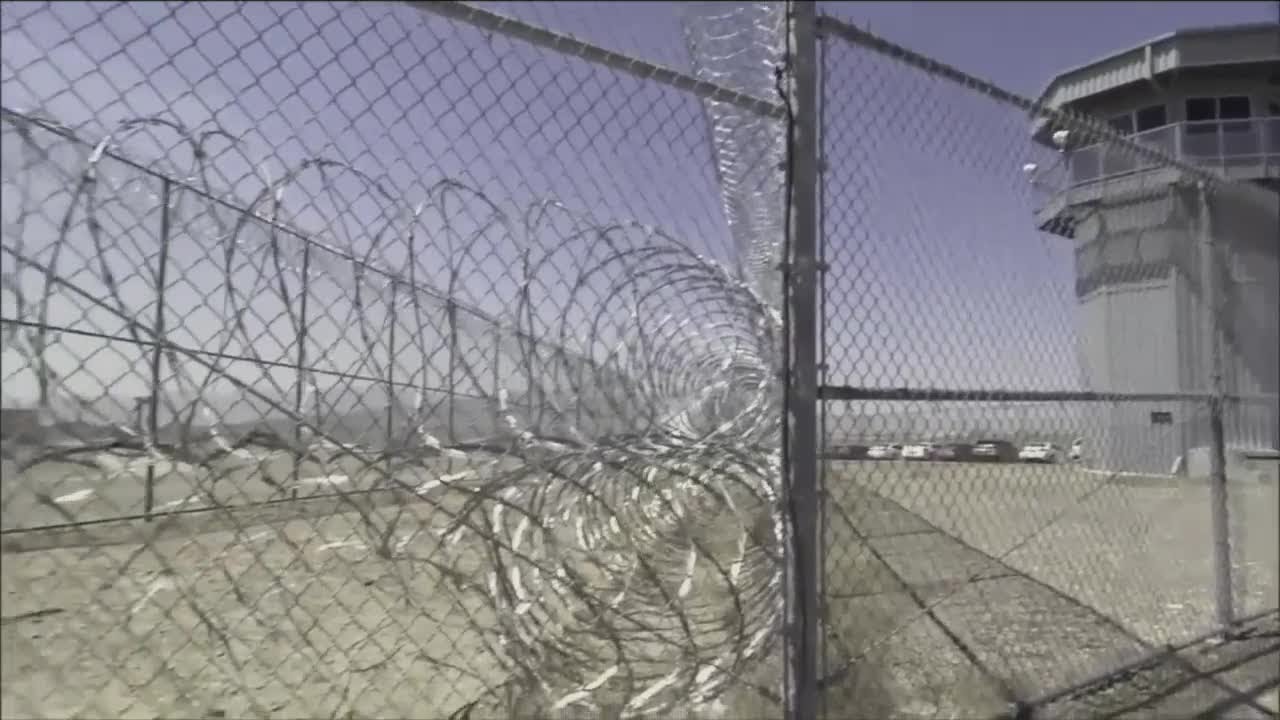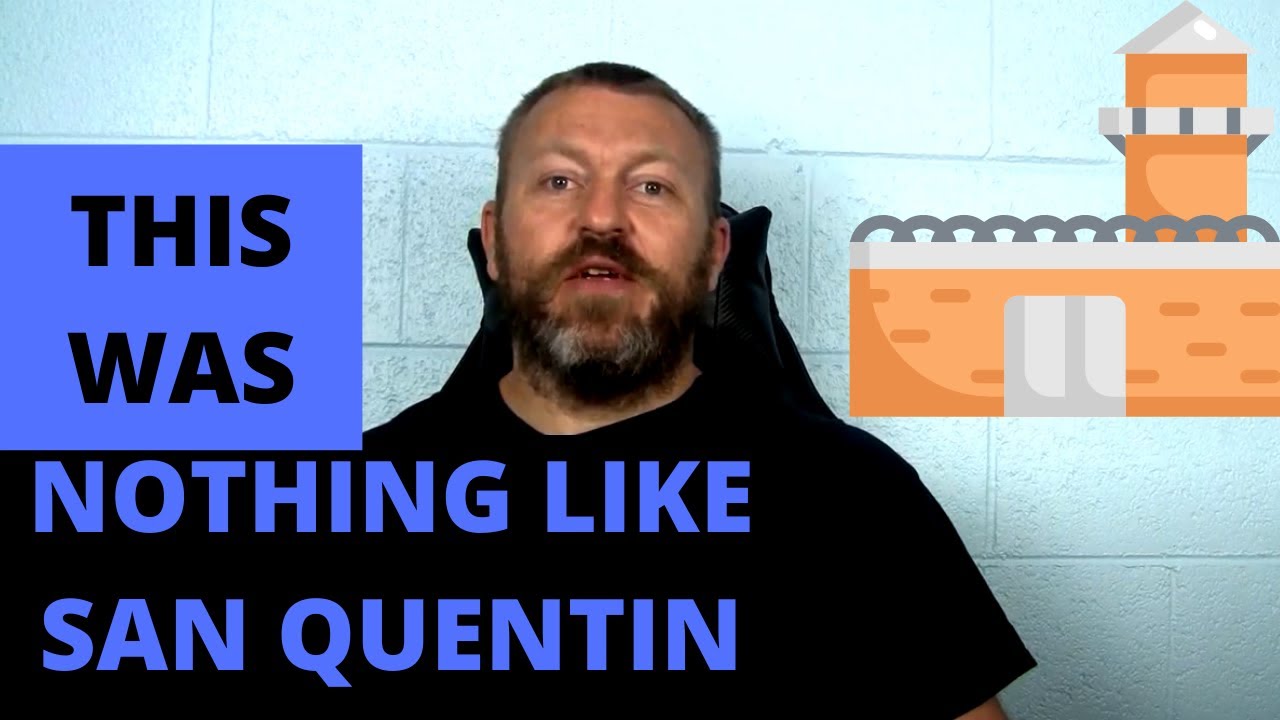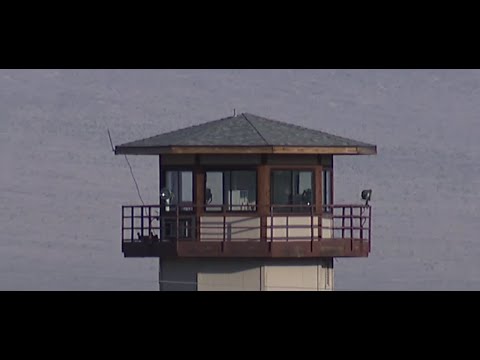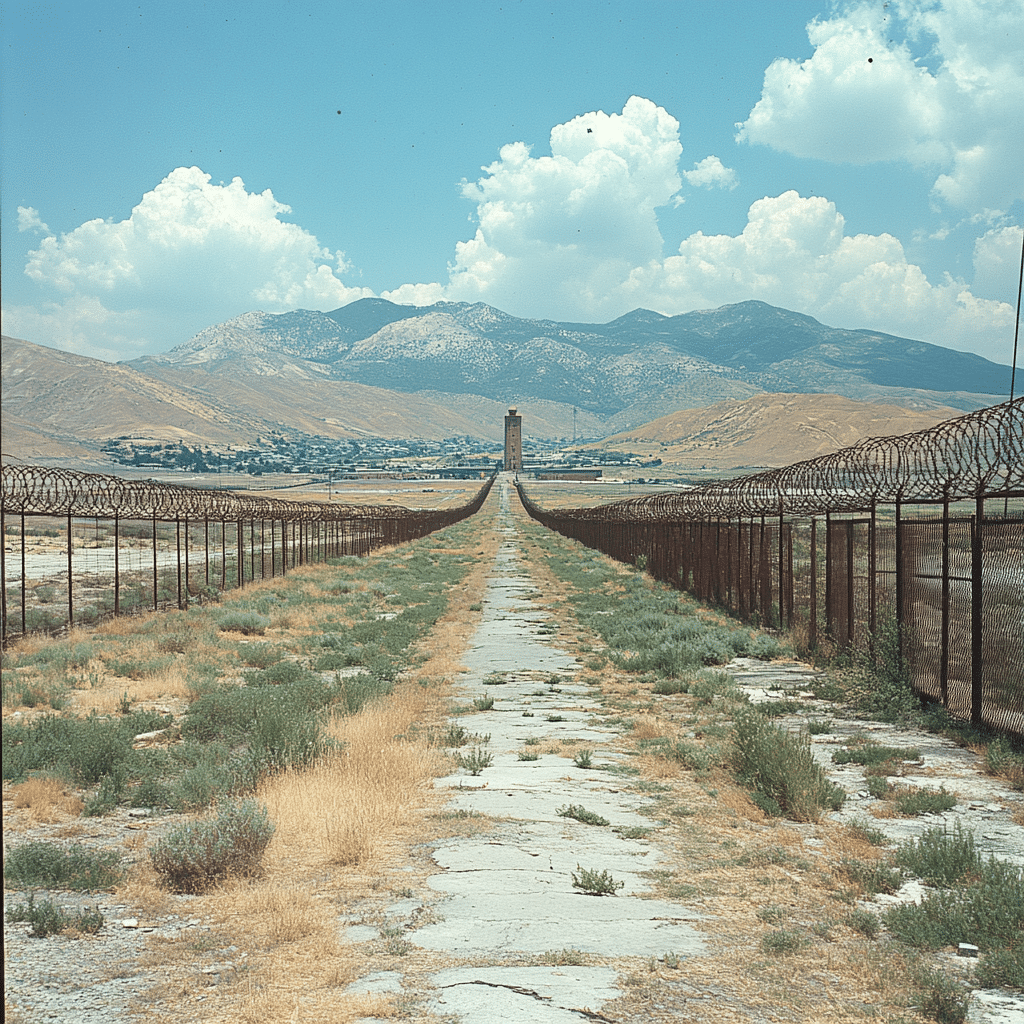
High Desert State Prison Secrets Behind Its Notorious Reputation
High Desert State Prison (HDSP), nestled in the rugged high desert of Susanville, California, carries a reputation that sends shivers down spines. Established in 1995, this maximum-security facility has become a home for some of the most dangerous inmates in the state. With stunning desert landscapes surrounding it, HDSP’s harsh environment plays a significant role in shaping its infamous character. Its isolation, coupled with the intense climate, creates a setting where challenges multiply, impacting both inmates and staff daily. To understand the depths of HDSP’s notorious reputation, we need to explore its architectural and geographic elements, alongside the many outside influences that shape the prison experience.
The Distinctive Landscape of High Desert State Prison
The vastness of California’s high desert is a sight to behold. Behind its stark beauty lies a prison that houses over 1,800 individuals, operating at about 78.4% of its design capacity, according to the latest figures from the California Department of Corrections and Rehabilitation. The visual impact of the landscape is both oppressive and isolating, reinforcing a sense of confinement. HDSP stands as a fortress against the elements, with its architectural layout serving a significant purpose. The design, meant to maintain security, also fosters an environment where tensions can run high.
The unique challenges presented by the climate impact every part of life in HDSP. Extreme heat in the summer and severe cold in the winter can wear down both inmates and staff, leading to a rise in disputes and other disruptions. Isolation adds another layer of intensity; inmates have little contact with the outside world. This environment can stifle any rehabilitation efforts, turning the prison experience into one of mere survival rather than reform.
Major Operational and Management Challenges
Staff and inmates alike face a plethora of challenges brought on by the prison’s design and location. The prison has been grappling with overcrowding issues that have persisted as a significant headache for management. Having operated at nearly 150% capacity in the past, resource allocation becomes a hurdle, feeding into the culture of violence and chaos. Ensuring safety while managing such numbers is almost an impossible feat, sprouting conditions where incidents can escalate quickly.
Consequently, a host of factors contribute to the prison’s infamous character. Additionally, staffing shortages plague HDSP, further complicating daily operations. This combination of overcrowding and reduced staff makes it exceedingly difficult to maintain order.
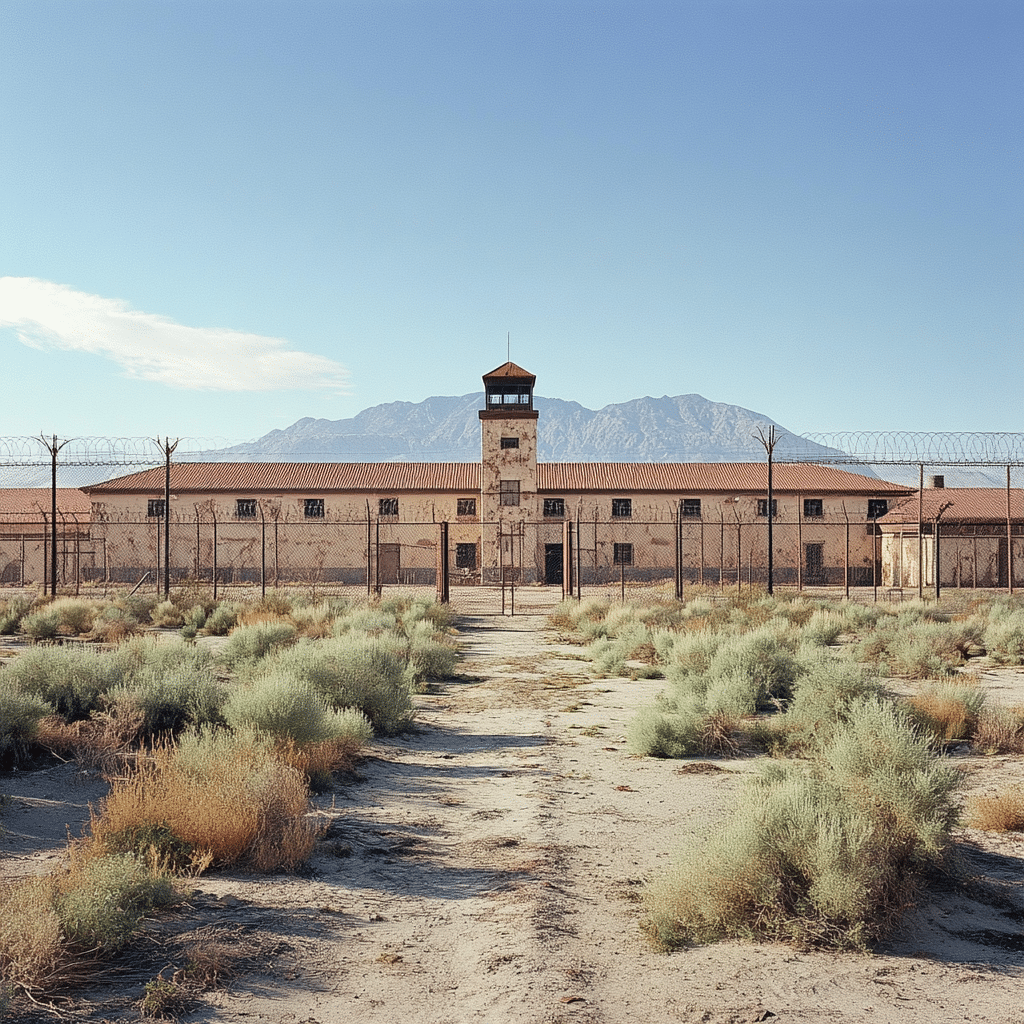
Top 5 Reasons for High Desert State Prison’s Notorious Reputation
1. Overcrowding Issues: The Numbers Speak Volumes
Overcrowding is a consistent theme that echoes through the corridors of the High Desert State Prison. Operating at full capacity has led to violent incidents and heightened tensions among inmates. As recorded by the California Department of Corrections, conditions have often reached 150% capacity. This strain manifests in fights and violence, transforming the prison into a powder keg ready to explode at any moment.
2. Infamous Inmate Profiles: A Who’s Who of Criminals
The high-profile criminals who have passed through HDSP, like Charles Manson and Richard Ramirez, only add to its dark allure. Manson, known for masterminding one of the most notorious cult killings in the state’s history, left behind a legacy of fear and fascination. Ramirez, dubbed the “Night Stalker,” evoked terror as he committed a string of gruesome murders. Their presence conjures a sense of macabre fascination that captivates the public imagination and solidifies HDSP’s notorious standing.
3. Staff-Related Controversies: The Human Element
The human element adds complexity to the prison’s operation. Several reported incidents involving correctional officers have raised serious alarm bells. Allegations of misconduct and gang involvement among staff exacerbate the already precarious circumstances within HDSP. With staffing shortages leading to lapses in security, the safety of both inmates and staff is systematically compromised.
4. Gang Activity: A Looming Shadow
Gangs within HDSP maintain a strong presence, creating rivalries that often lead to violence. Organizations like the Bloods, Crips, and Aryan Brotherhood are not just groups within the prison; they influence external criminal activities. This complicated web of gang affiliations makes rehabilitation efforts almost obsolete, as inmate interactions are consistently marred by violence and territorial disputes.
5. High-Profile Riots: Flashpoints in History
Noteworthy riots have left scars on the prison’s history, marking it as a site of chaos. The 2003 riot serves as a significant flashpoint, where gang tensions flared, resulting in multiple casualties. Largely triggered by inadequate staffing responses, the incident ushered in weeks of lockdowns and confusion. Such events strengthen HDSP’s grim reputation for being a volatile institution, caught in a cycle of unrest.
The Comparative Landscape: How High Desert State Prison Stands Against Its Peers
Examining HDSP against notorious institutions like Rikers Island and Angola Prison offers perspective on the diverse challenges faced by correctional facilities in America.
Rikers Island: A Culture of Violence
Rikers Island is synonymous with systemic violence and brutality, but high desert’s issues lean more towards gang conflicts. Rikers faces constant scrutiny and demands for reform due to its perilous conditions, reflecting discussions surrounding HDSP’s own failures.
Angola Prison: Rehabilitation vs. Punishment
Unlike HDSP, Angola Prison has carved out a name for itself through rehabilitation-focused programs. Their agriculture initiatives serve as a model for what rehabilitation can look like, contrasting sharply with the limited resources available at High Desert. This difference drives conversations about the future direction of prisons across the country.
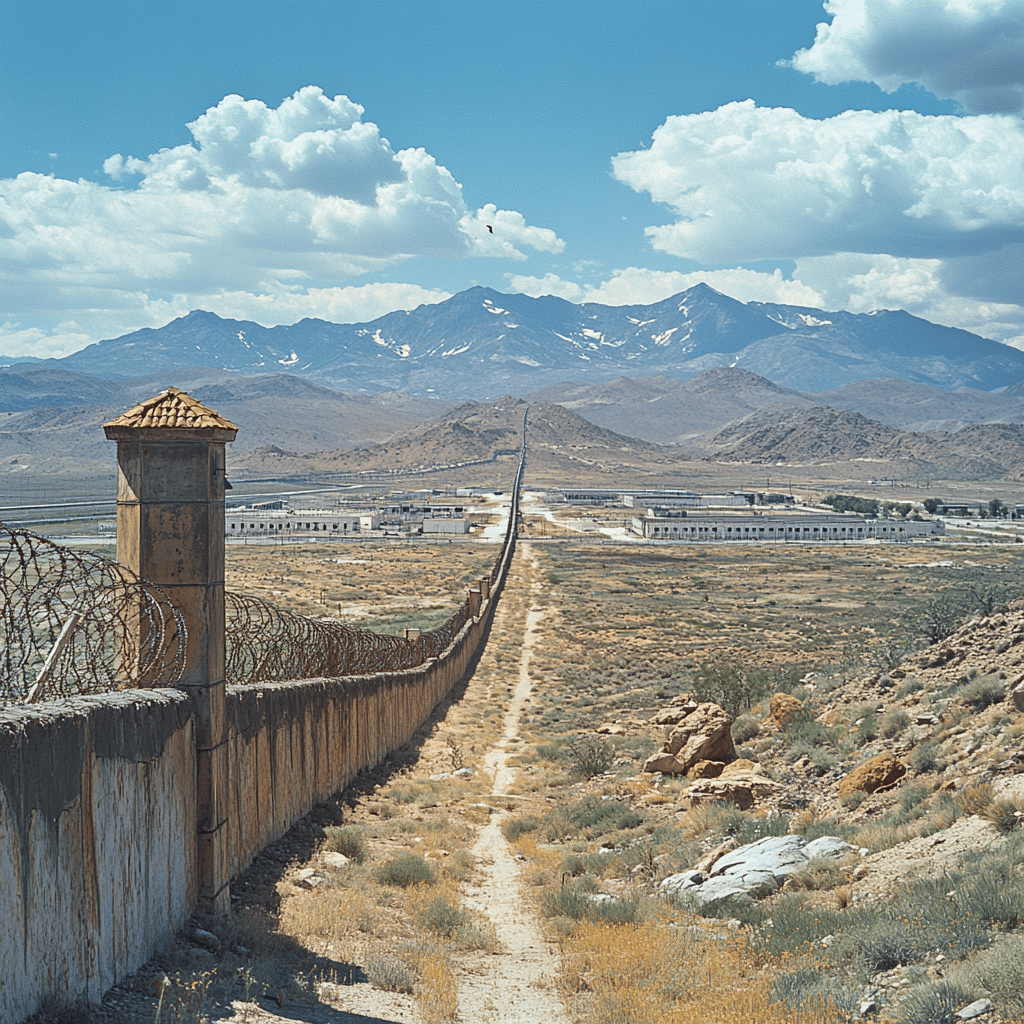
Beyond the Walls: The Impact on Bodega Bay, California and Big Spring, Texas
The influence of a maximum-security prison extends far beyond its gates. Towns like Bodega Bay, known for their picturesque coastal life, face challenges in crime rates and community safety due to the nearness of such a facility. Residents often express concern that the prison’s inmates may impact their peaceful lifestyle.
Conversely, Big Spring, Texas, which also houses a correction facility, grapples with more complex dynamics. While business opportunities arise from the prison population, such as in food services and housing, the economic impact is a double-edged sword. The community benefits from a workforce, yet it also has to navigate the risks and societal implications of hosting a prison.
Perspectives on Reform and the Future of High Desert State Prison
As California leans towards a more enlightened approach to prison reform, High Desert State Prison finds itself at a critical juncture. Advocates demand sweeping changes to address the rampant overcrowding, gang violence, and lack of rehabilitation programs. Voices from inmates, correctional staff, and local communities are coming together in hopes of forging a future that prioritizes not just punishment but rehabilitation and societal reintegration.
Addressing the various challenges at HDSP demands a collaborative effort. Policymakers, community leaders, and prison officials must commit to reform that effectively balances inmate rights with community safety. If these interests converge, there is hope for transforming HDSP from a site known for violence into a beacon of rehabilitation.
High Desert State Prison’s ongoing evolution will reflect an important aspect of societal attitudes toward crime and punishment in America. As we look forward to what comes next for this notorious institution, a key question lingers: can a culture of change emerge in a place so long defined by chaos?
For those interested in understanding careers within the mental health sector, you might find opportunities in this Jobs in mental health near me link particularly useful. For those intrigued by the legal implications and real estate discussions surrounding property like HDSP, exploring the chain Of title can offer unique insights. Further, if you’re in a position that demands an understanding of real estate assets and financial strategies, a cost segregation study can be a valuable resource.
In conclusion, the story of High Desert State Prison—filled with complexities and characters—serves as a reminder that prisons are not just institutions; they’re reflections of society itself. From brutal narratives to haunting histories, the tale of HDSP is as captivating as any film plot or thrilling novel. As we venture into a future filled with hope for reform, one must ponder the impact of those tales that unfold behind prison walls, much like the cinematic moments we cherish in storytelling.
High Desert State Prison: Secrets Behind Its Notorious Reputation
The Backstory of High Desert State Prison
High Desert State Prison, located in California, has become emblematic of the controversial penal system, with many tales swirling about life behind its walls. Did you know that it has a reputation for a pretty vocal inmate population? The sounds echoing through the yard can include hilarious imitations of various animals, including turkey Sounds, which can startle guards and lighten up the tense atmosphere a bit. And speaking of funny encounters, you might find it surprising that some inmates have turned to acting and performance during their time, with names like Jamie Mcshane transitioning from the small screen to the big leagues. He once portrayed a prisoner, showcasing that talent can emerge from the most unlikely places.
Life Inside the High Desert
Despite its notorious reputation, life at high desert state prison isn’t all doom and gloom. Several inmates have participated in artistic programs to cope with their environment. Some have even crafted intricate models out of balsa wood, providing not just a creative outlet but also a sense of accomplishment. Programs like these serve as crucial lifelines, offering inmates a constructive way to express themselves. In fact, these artistic projects are sometimes showcased in exhibitions, sparking interest outside prison walls—an aspect that’s often overlooked in mainstream narratives.
Pop Culture Connections
The cultural ties to high desert state prison run deeper than one might think. Films about prison life often exaggerate the grit, but real stories can reveal unexpected humor and resilience. Just like how the Alamo Drafthouse boston features unique programming that celebrates odd and eclectic film genres, storytelling from within the prison can shed light on the quirks of human nature. Plus, who would’ve thought that legendary actress Misty Rowe once highlighted the importance of educating the public about prison life and rehabilitation? It’s intriguing how the worlds of entertainment and criminal justice sometimes intersect, giving voice to the voiceless and challenging societal perceptions.
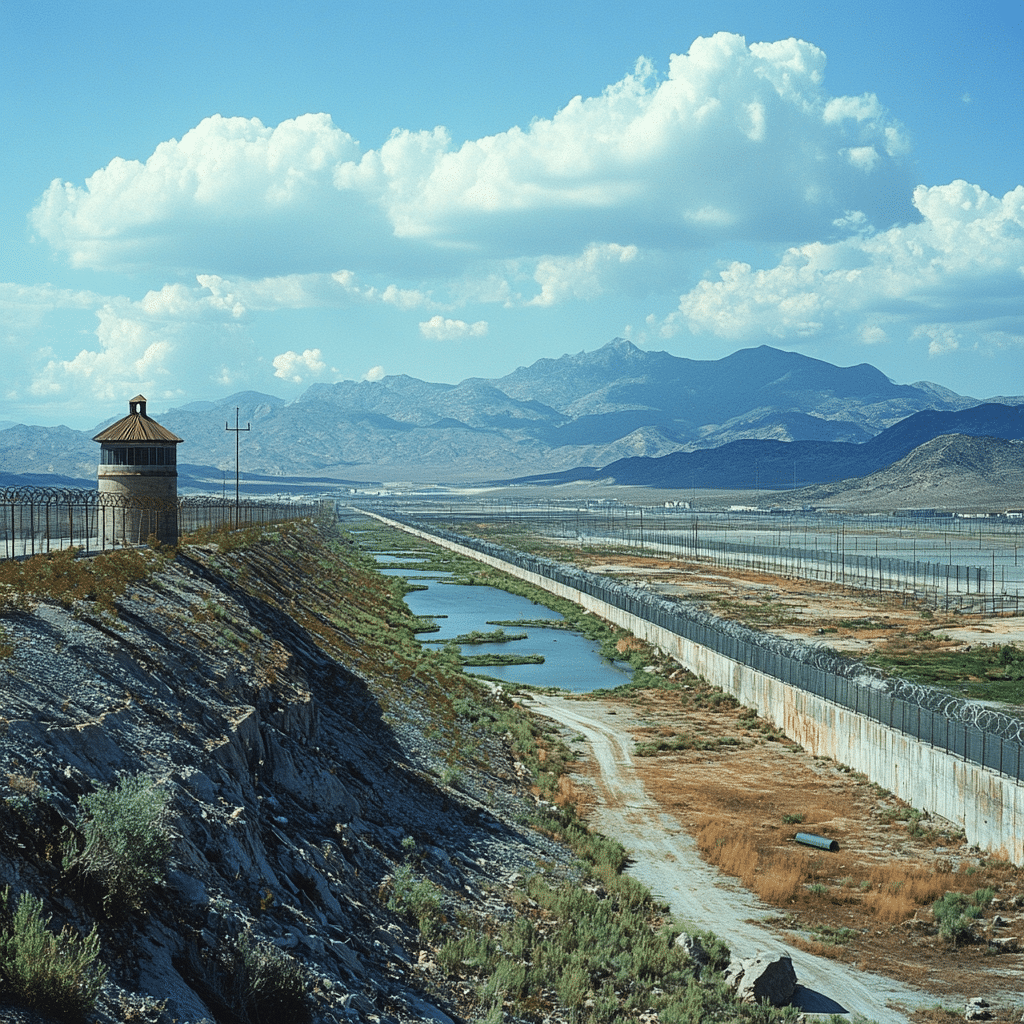
What kind of prison is High Desert?
High Desert State Prison is a maximum-security correctional facility located in Susanville, California, housing level IV inmates.
Is high desert maximum-security?
Yes, High Desert is classified as a maximum-security prison, ensuring that it holds some of the most dangerous individuals in California.
What level is High Desert State Prison, Nevada?
High Desert State Prison in Nevada is designated as a maximum-security facility as of September 11, 2024, with Ely State Prison now classified as medium security.
Why is High Desert State Prison on lockdown?
The prison is currently on lockdown due to rumors of possible planned attacks on officials by the inmate population, affecting all Black and white inmates.
Is High Desert State Prison safe?
While no prison is completely safe, High Desert State Prison has strict security measures in place to minimize risks and manage its inmates.
What is the most harshest prison?
The most harsh prison can vary depending on criteria, but Alcatraz and Pelican Bay are often cited among the toughest facilities.
What is high desert package?
High Desert package generally refers to a way for inmates’ families to send care packages with approved items to their loved ones.
What is high desert protection package?
A High Desert protection package typically includes items that enhance safety and security for inmates deemed at risk, such as specialized clothing or hygiene items.
Are there any supermax prisons in California?
Yes, California does have supermax prisons, with Pelican Bay State Prison being one of the notable examples.
What is the toughest prison in Nevada?
The toughest prison in Nevada is often considered to be Lovelock Correctional Center, known for its strict regulations and high-profile inmates.
What does Level 5 mean in prison?
Level 5 in prison typically means it’s the highest level of security, housing the most dangerous inmates with stringent restrictions and monitoring.
Does High Desert prison have tablets?
High Desert prison does provide tablets for inmate use, allowing them access to educational resources and communication with approved contacts.
What is the most chill prison in the world?
While no prison is completely chill, some consider the Scandinavian prisons to be more relaxed in their approach to rehabilitation.
Who runs High Desert State Prison?
High Desert State Prison is operated by the Nevada Department of Corrections, which oversees the facility and its programs.
What type of prison is High Desert State Prison?
High Desert State Prison in California is a maximum-security institution designed for inmates classified as high-risk.
What is the toughest prison in Nevada?
The toughest prison in Nevada is often referenced as Ely State Prison, which has a reputation for strict security measures.
What level is Victorville Federal Prison?
Victorville Federal Prison is a low-security facility, focusing on rehabilitation while securing inmates from medium to high-risk levels.
What kind of prison is Victorville?
Victorville is classified as a federal correctional facility with varying security levels, including low and medium, to accommodate different inmate classifications.
What is the hardest prison in California?
Pelican Bay State Prison is frequently called the hardest prison in California, known for its supermax security and solitary confinement practices.





